 _Torii Gate
_Torii Gate
A torii is a traditional Japanese gate, which marks the boundary between the sacred and mundane. Torii Gates are gnerally regarded as a symbol of Shinto shrines, and different styles and choice of materials can be found throughout Japan.
Design & Styles
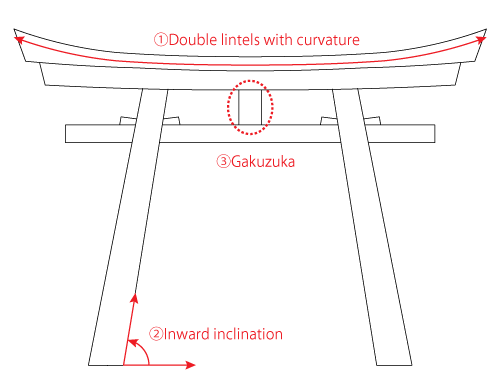
Myoshin Torii
Myojin torii is more ornamental form of torii gate, characterized by the double lintels with curvature. In general, two columns have inward inclination, and lintels and tie beam are connected by a supporting strut called gakuzuka.
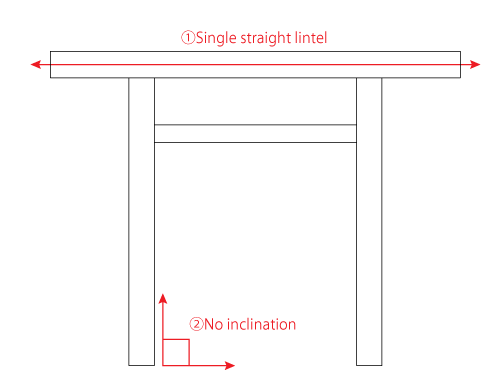
Shinmei Torii
Shinmei torii is the simpler form of torii gate, characterized by the single straight lintel. In general, all elements are round in section and meet at right angles.
Scale
Oyunohara o-torii in Wakayama prefecture is the biggest torii in Japan and 33.9m(111ft) tall and 42m(137ft) wide.Meiji jingu daini torii in Tokyo is one of the biggest wooden made torii, and it is 12m(39ft) tall and 17.1m(56ft)wide.
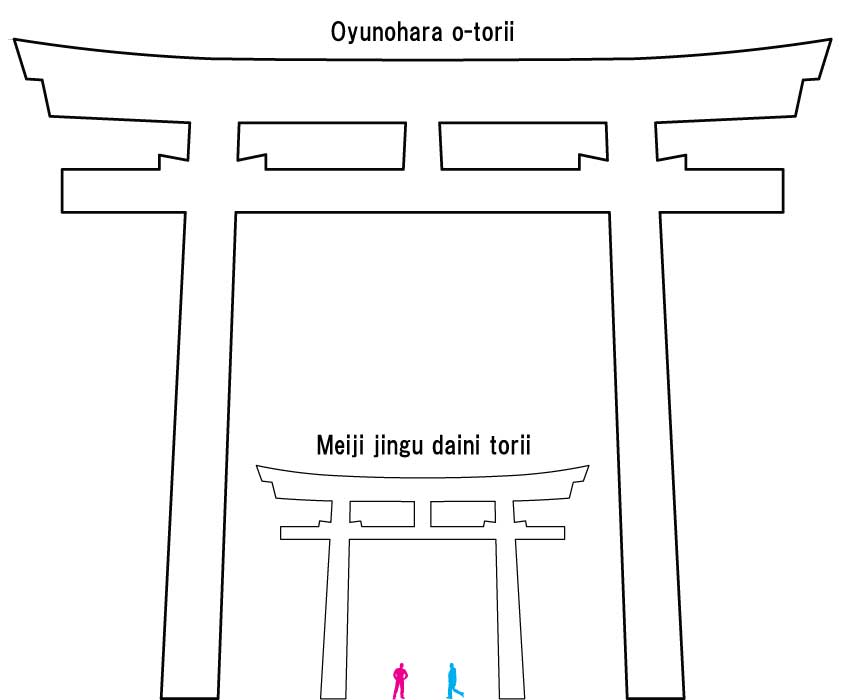
Terminology
- 1.Kasagi
- 2.Shimagi
- 3.Nuki
- 4.Kusabi
- 5.Shingaku
- 6.Gakuzuka
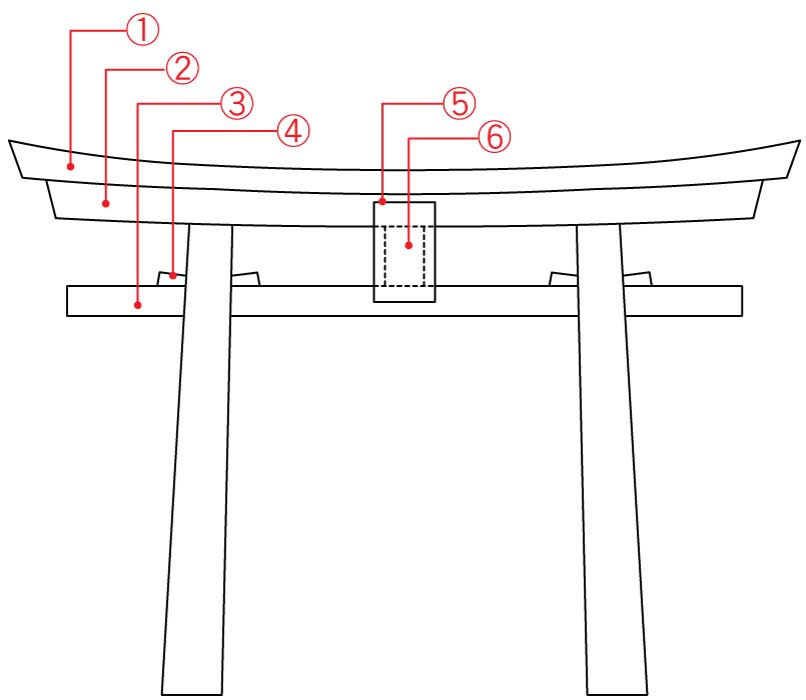
Gallery
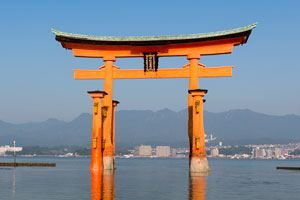
Ryobu Torii Itsukushima Shrine in Hiroshima
Ryobu torii is a member of Myojin torii Family, and its two pillards are supoorted on both front and back by short posts called yoji torii. The name, Ryobu is derived from Buddhism with which Shinto has a long association.
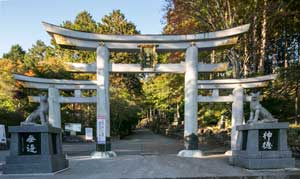
Mitsu Torii Mitsumine-jinja Shrine in Saitama
Mitsu torii or Miwa torii is a Myojin torii with a smaller torii on both sides. Inward inclination of the pillards is less pronouced than other Myoshin torii family variants.
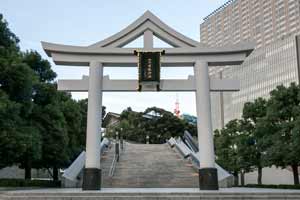
San-no Torii Hie-jinja Shrine in Tokyo
San-no torii is a variant of Myojin torii with a gable on top of the lintels.
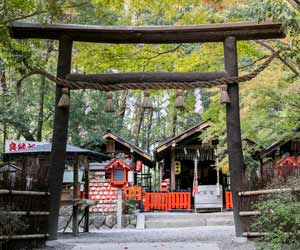
Kuroki Torii Nomura-jinja Shrine in Kyoto
Kuroki Torii, one of the oldest types of Shinmei torii Family, is made of wood with bark left untouched, from which its name, Kuroki is derived.
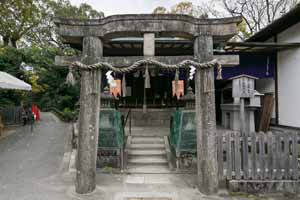
Kara hafu Torii Itsukushima-jinja Shrine in Kyoto
Kara hafu torii is a variant of Myojin torii with lintels shaped like a recurve bow in archery.
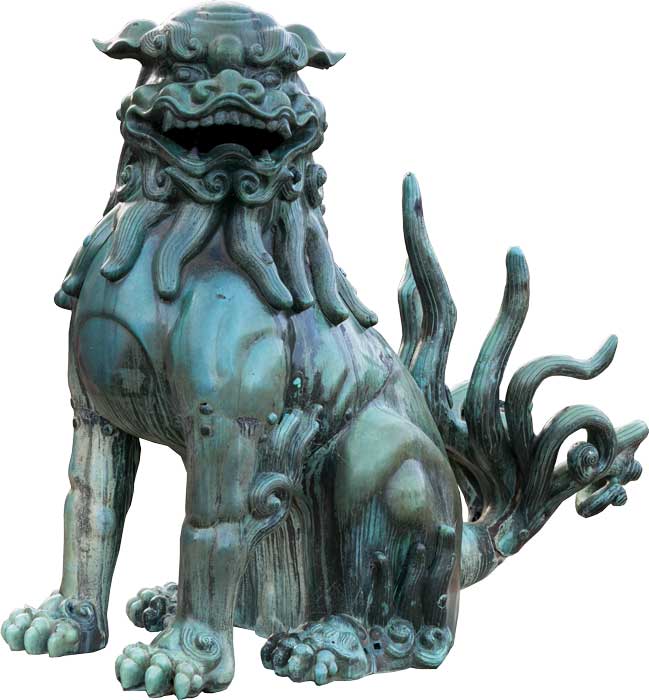 Komainu
shrine
Komainu
shrine
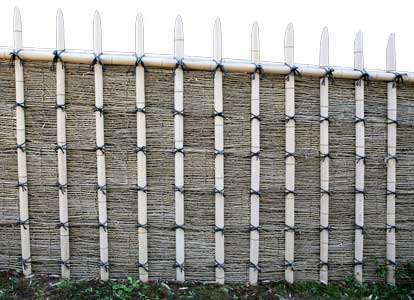 Kaki
Architectural Elements
Kaki
Architectural Elements
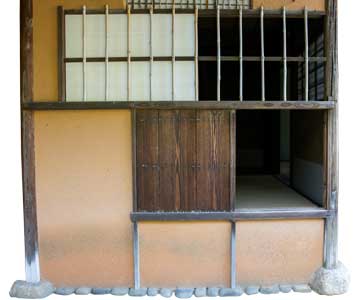 Entrance
Tea House
Entrance
Tea House
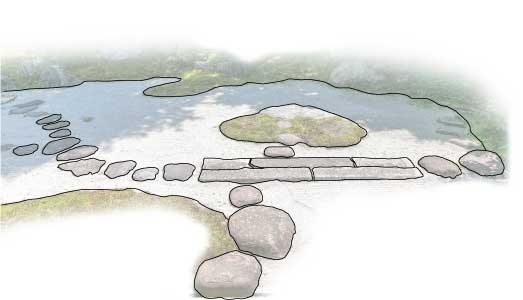 Tobi ishi
Tea House
Tobi ishi
Tea House
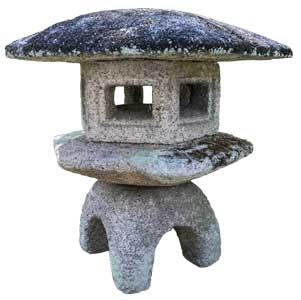 Toro
Tea House
Toro
Tea House
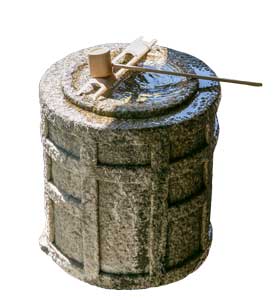 Tsukubai
Tea House
Tsukubai
Tea House
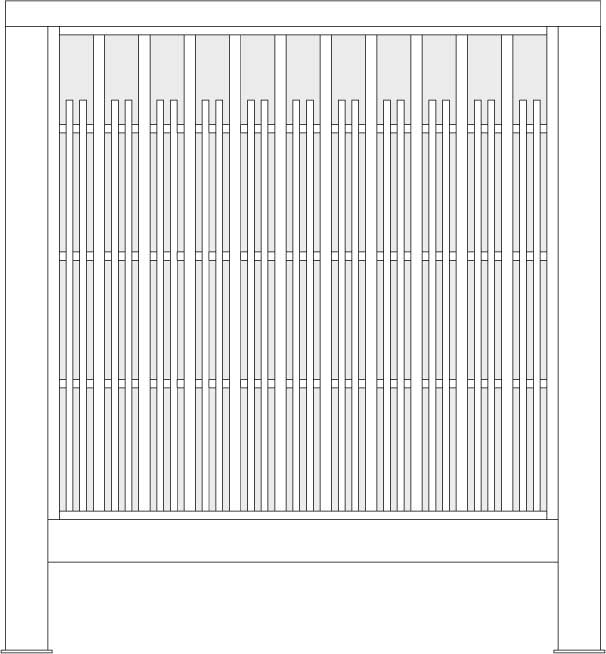 Latticework
Machiya
Latticework
Machiya
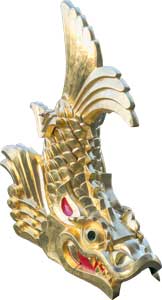 Shachi
Castle
Shachi
Castle